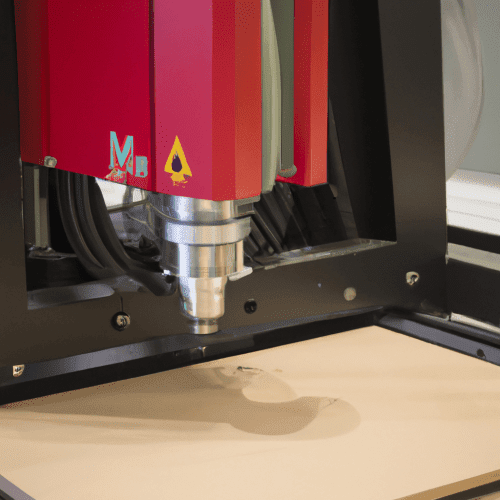When choosing a router for slots, there are several factors to consider. First, you need to determine the type of router you need. If you are looking for a router for a home network, then a wireless router is the best option. If you are looking for a router for a business network, then a wired router is the best option.
Next, you need to consider the speed of the router. Routers come in different speeds, ranging from 10 Mbps to 10 Gbps. The speed you need will depend on the type of network you are setting up and the number of devices that will be connected to the router.
You also need to consider the range of the router. Routers come in different ranges, from a few feet to several miles. The range you need will depend on the size of your network and the number of devices that will be connected to the router.
Finally, you need to consider the security features of the router. Routers come with different levels of security, from basic encryption to advanced firewalls. The security you need will depend on the type of network you are setting up and the type of data that will be transmitted over the network.
When choosing a router for slots, it is important to consider all of these factors in order to ensure that you get the best router for your needs.
Can I use a router as a biscuit joiner?
No, a router cannot be used as a biscuit joiner. A biscuit joiner, also known as a plate joiner, is a specialized woodworking tool used to join two pieces of wood together. It works by cutting a crescent-shaped hole in each of the two pieces of wood, then inserting a small, oval-shaped piece of compressed wood, known as a biscuit, into the holes. The biscuit swells when it comes into contact with glue, creating a strong joint.
A router, on the other hand, is a power tool used to rout out an area in the face of a piece of wood or other material. It is typically used to create decorative edges, joinery, and hollow out an area for laminating. It is not designed to cut crescent-shaped holes or to insert biscuits.
Therefore, a router cannot be used as a biscuit joiner.
How thick of wood can a router cut?
The thickness of wood that a router can cut depends on the type of router being used, the type of bit being used, and the type of wood being cut. Generally speaking, a router can cut wood up to 2 inches thick, but this can vary depending on the router and bit being used. For example, a router with a larger bit can cut thicker wood than a router with a smaller bit. Additionally, the type of wood being cut can also affect the thickness that a router can cut. Harder woods, such as oak, require a larger bit and more power to cut than softer woods, such as pine.
When cutting thicker wood, it is important to use a router with a powerful motor and a large bit. Additionally, it is important to use a router with a variable speed control, as this will allow you to adjust the speed of the router to match the type of wood being cut. Finally, it is important to use a router with a depth stop, as this will help to ensure that the router does not cut too deep into the wood.
How wide can a router cut?
The width of a router cut is determined by the size of the router bit being used. The size of the router bit is determined by the diameter of the bit, which can range from 1/4 inch to 1 inch. The width of the cut is determined by the diameter of the bit, as well as the depth of the cut. For example, a 1/4 inch router bit will make a 1/4 inch wide cut, while a 1 inch router bit will make a 1 inch wide cut. The depth of the cut is determined by the height of the router bit, which can range from 1/8 inch to 1 inch. The deeper the cut, the wider the cut will be. Additionally, the type of material being cut will also affect the width of the cut. Harder materials will require a larger router bit to make a wider cut.
